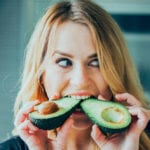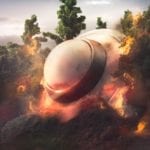 Technology
Technology  Technology
Technology  Our World
Our World 10 Ways Icelandic Culture Makes Other Countries Look Boring
 Misconceptions
Misconceptions 10 Common Misconceptions About the Victorian Era
 Mysteries
Mysteries 10 Strange Unexplained Mysteries of 2025
 Miscellaneous
Miscellaneous 10 of History’s Most Bell-Ringing Finishing Moves
 History
History 10 Great Escapes That Ended Right Back in Captivity
 Weird Stuff
Weird Stuff 10 Fascinating Things You Might Not Know About Spiders
 Food
Food 10 Everyday Foods You Didn’t Know Were Invented by the U.S. Military
 History
History 10 Odd Things Colonial Americans Kept at Home
 Weird Stuff
Weird Stuff 10 Superstitious Beliefs That Once Consumed Entire Cultures
 Technology
Technology 10 Scientific Breakthroughs of 2025 That’ll Change Everything
 Our World
Our World 10 Ways Icelandic Culture Makes Other Countries Look Boring
 Misconceptions
Misconceptions 10 Common Misconceptions About the Victorian Era
Who's Behind Listverse?

Jamie Frater
Head Editor
Jamie founded Listverse due to an insatiable desire to share fascinating, obscure, and bizarre facts. He has been a guest speaker on numerous national radio and television stations and is a five time published author.
More About Us Mysteries
Mysteries 10 Strange Unexplained Mysteries of 2025
 Miscellaneous
Miscellaneous 10 of History’s Most Bell-Ringing Finishing Moves
 History
History 10 Great Escapes That Ended Right Back in Captivity
 Weird Stuff
Weird Stuff 10 Fascinating Things You Might Not Know About Spiders
 Food
Food 10 Everyday Foods You Didn’t Know Were Invented by the U.S. Military
 History
History 10 Odd Things Colonial Americans Kept at Home
 Weird Stuff
Weird Stuff 10 Superstitious Beliefs That Once Consumed Entire Cultures
10 Lesser-Known Celtic Leaders Who Fought The Romans
When it comes to Celtic leaders who defended their land from the encroaching Romans, one figure instantly comes to mind—the famous war-queen Boudicca and her equally famous (and sometimes historically inaccurate) chariot. It’s easy to assume that she was the only Celtic leader to rally against the invaders; in actual fact, there are several others who haven’t achieved nearly the same fame as Boudicca.
The Romans were efficient and ruthless, so fighting them was no easy feat. As such, not every Celtic leader who went against the Romans had a happy ending. Regardless, here are ten leaders who dared challenge the might of Rome in the name of the Celts.
10 Boduognatus
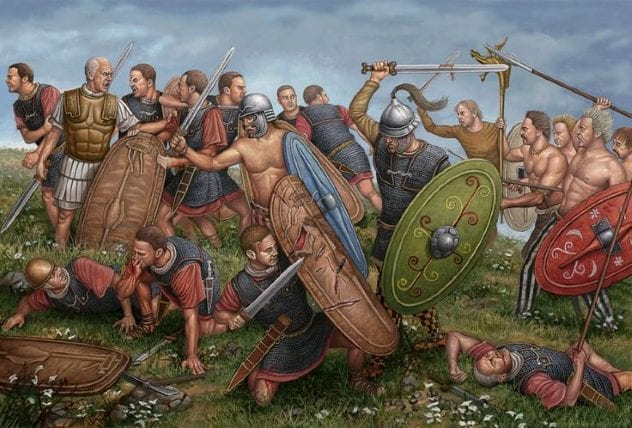
Boduognatus was the leader of the Nervii people. His name translates to “he who was born of the battle crow,” which tells you what kind of person he was.
Boduogantus was one of the few leaders who came close to defeating Caesar in the battlefield. In the Battle of the Sabis, he led some 40,000 Celts—with 60,000 more hidden in a nearby forest—against eight of Caesar’s legions (two of which consisted of the “baggage train”).
During the battle, the 40,000 Celts fled into the forest, hoping to draw the Romans in, but they didn’t give chase. That didn’t stop the Celts, who then gave a surprise charge that took Caesar’s forces off guard. The Romans acted quickly to get into a defensive stance and managed to turn the tide, but it was a Pyrrhic victory at best.
9 Vercingetorix
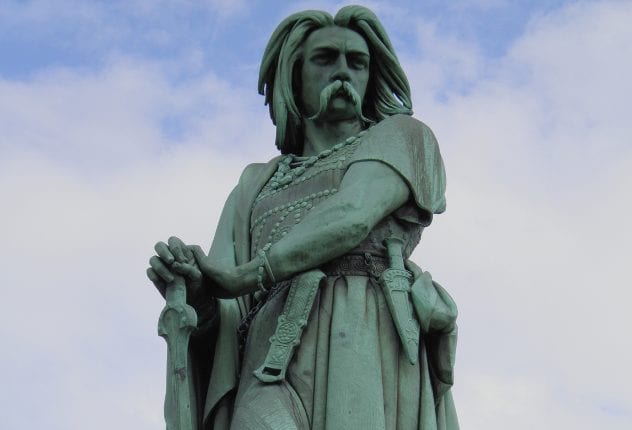
Vercingetorix lived from 82 to 46 BC and was the chieftain of the Arverni. His name translates to the very ambitious “Victor of a Hundred Battles.”
Vercingetorix put himself on the Celtic timeline when he arranged a rebellion to stop Caesar from subjugating the people of Gaul. Not much is known about Vercingetorix’s life before his revolt; even his name was given to him after he came into the spotlight. His real name was kept secret, as the Celts believed that knowing someone’s real name gave the enemy power.
Vercingetorix would use his forces to disrupt Roman trade lines and goad fights in his favor, but he fumbled when he lost a battle and fled. Caesar countered with a siege against Vercingetorix’s fortress. Vercingetorix was taken to Rome to show off Caesar’s prowess, before being executed six years later.
8 Caratacus

King of the Catuvellauni, Caratacus led his army with his brother. Combined, they helped to stave off the Roman armies for almost nine years. His own forces were outnumbered by the Romans, so he drew out the conquest by picking spots that were easy to defend and worked to repel the oncoming forces for as long as he could. He was regarded as a hero even after he lost the battle against Ostorious Scapula in AD 51 and was captured.
Even after his capture, Caratacus caught a break. He was well-known for his character, which played an important part when he was brought before Claudius for trial in Rome. His heart-capturing final speech caused Claudius to pardon him for his actions. He and his family lived the rest of their lives in Italy.
7 Ambiorix
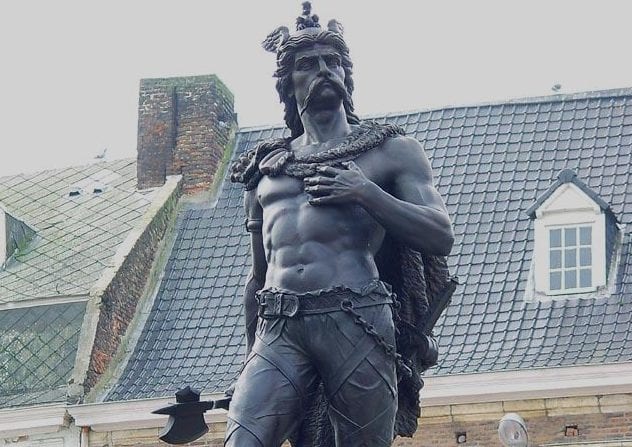
Ambiorix was nothing short of a slippery character. Leader of the Eburones tribe, he managed to get on the good side of a legion and half of Caesar’s troops. He used the insider information gleaned to start a revolt and attack the camp.
When the attack failed, he managed to convince the camp that the revolts were widespread, Caesar had fled Gail, and that Germans were on the way to massacre the Romans. The camp fled, only to be nearly wiped out in an ambush set up for them.
It was Caesar’s worst loss in the Gallic War, so he wanted revenge. He wiped out the rebels, leaving Ambiorix for last. Ambiorix knew he was severely outnumbered, so when the Romans came for him, he simply told his army to spread out and flee. He hid in the woods, never to be seen again.
6 Cassivellaunus
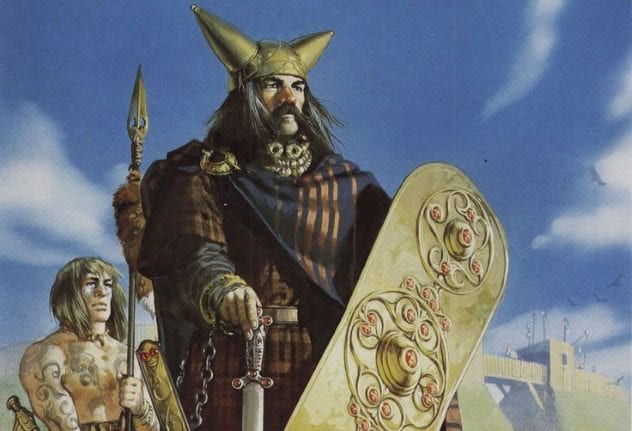
Cassivellaunus played a vital role in opposing Caesar during his second invasion against the Celts. Caesar had learned from his mistakes during his first invasion, so instead of bringing two legions, he brought five. This was, obviously, a giant problem for the Celts, so they weren’t very confident in enaging the Romans in a straight fight.
Cassivellaunus responded by denying Caesar a proper fight, instead backpedaling into the woods and making guerilla strikes against the forces. The Romans made heavy use of chariots, which Cassivellaunus made sure to capitalize on in his surprise attacks.
Cassivellaunus would eventually have his stronghold ratted out by other captured Celtic leaders. His stronghold fell to the Romans, and Cassivellaunus fled. He tried one last attack on a Roman camp, but he failed and sued for surrender. He had to promise not to wage war against the Romans again but was otherwise left alone.
5 Dumnorix
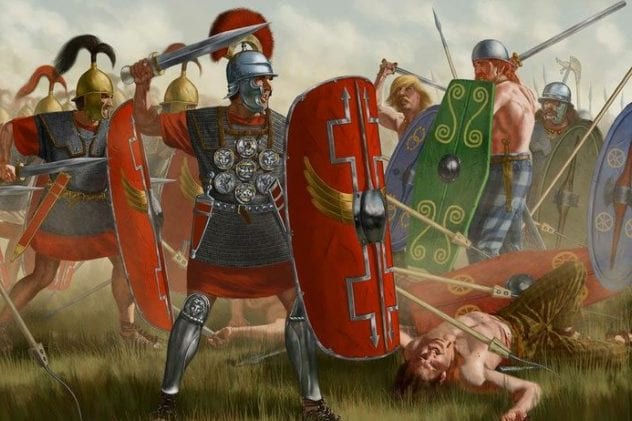
Dumnorix was the leader of an anti-Roman faction in the Aedui tribe, which was mostly allied with Caesar. He joined Orgetorix and his Helvetii as they migrated from modern Switzerland to France. Caesar wasn’t too pleased with this and denied them travel across his lands.
Dumnorix got permission from the Sequani to cross their lands, where pro-Rome Aedui lived. Caesar didn’t like this, so he cut off Dumnorix with the Battle of the Ara. Even worse, the pro-Rome Aedui had taken poorly to Dumnorix and attacked, meaning that he had to fight two different forces.
The Romans managed to defeat some of the Helvetian forces, so the armies settled into negotiations. However, they fell apart. Dumnorix continued the migration, but the Romans shadowed them. He was eventually taken hostage by Caesar. He was killed after he tried to flee the camp in which he was kept.
4 Convictolitavis

Convictolitavis came into the picture when he and Cotos fought over leadership of the Aedui tribe. Caesar helped Convictolitavis to win in hopes that he’d help fight against Vercingetorix, but Convictolitavis told Caesar that he “did not owe him anything”—something that would bite Caesar later on.
When Caesar led his army against Vercingetorix in a siege of Gergovia, he expected Convictolitavis to help him. Instead, Convictolitavis revealed his true colors and aided Vercingetorix midway into the fight, catching Caesar unaware and causing him to lose the battle entirely. It was one of the few times where Caesar had been simply outdone.
3 Viridomarus
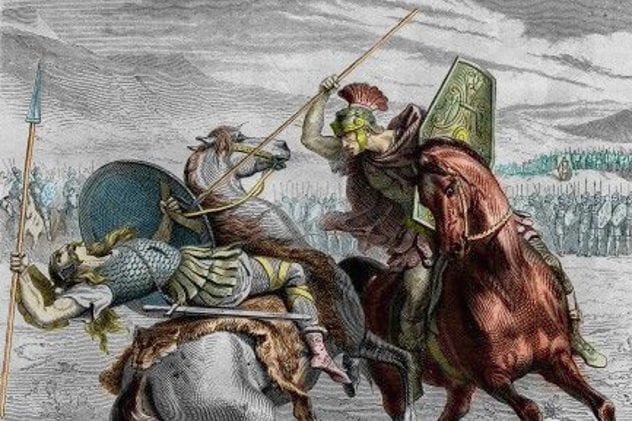
Viridomarus (or Britomartus, depending on translation) was a Gallic king in 222 BC. Not much is known about him, other than how attacked the Roman village of Clastidium. Unfortunately for him, a particularly successful Roman cavalry leader named M. Claudius Marcellus caught wind of his attack. Marcellus redirected his army to Clastidium and attacked Viridomarus’s forces from the front and then from the sides and rear, which broke Viridomarus’s army.
Trying to make something good of a bad situation, Viridomarus challenged Marcellus to single mounted combat. Marcellus accepted and won the duel, which earned Marcellus a spolia opima (spoils from a slain commander) for killing a Gallic king.
2 Venutius
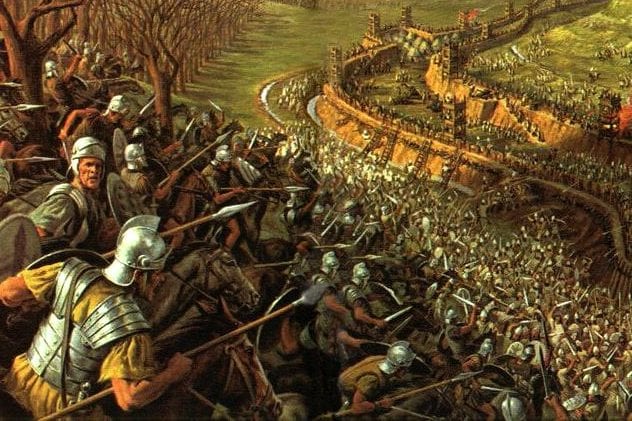
Venutius was king of the Brigantes, along with his wife, Queen Cartimandua. When Caratacus arrived at Brigantium to find support against the Romans, Cartimandua responded by capturing him and turning him over to Caesar. Venutius disliked this move, and when Cartimandua divorced him for his armor-bearer, Vellocatus, he began a revolt that was initially against Cartimandua but then escalated into an anti-Roman cause. The Romans stepped in, quelled the revolt, and brought the couple back together again.
Venutius wasn’t done, however. During the Roman “year of four emperors” (AD 68 to 69), the Roman government was unstable. Using this weakness, Venutius staged another revolt. Cartimandua asked Rome for aid but got only auxiliary units. She was eventually overthrown by Venutius, who acted as a thorn in Rome’s side until his defeat.
1 Brennus
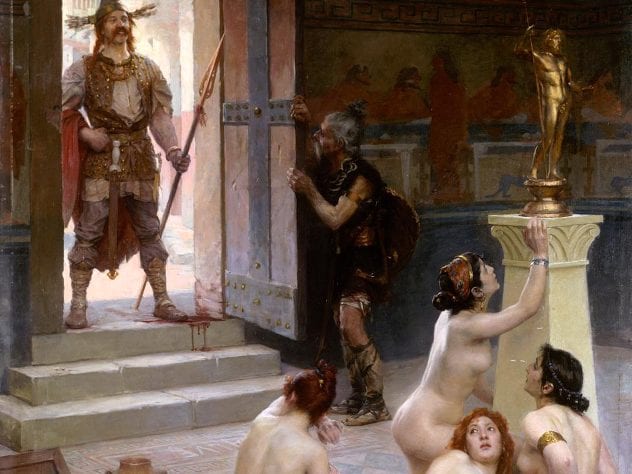
We’ve already covered a war leader named Brennus (see “10 Forgotten Conquerors From Ancient History”). This is a different Brennus, who appeared in the fourth century AD and fought against the Romans.
Brennus has an especially large claim to fame, since he was the first commander to sack Rome. He commanded his forces in the Battle of the Allia over Rome, which ended in Brennus’s victory and the Gallic Celts managing to secure a large majority of the city. The Romans negotiated Brennus’ leave with 450 kilograms (1,000 lb) of gold. Brennus responded by using overly heavy weights on the scales used to measure the gold and then threw his own sword atop the weights and said, “Vae Victis,” or “Woe to the vanquished.”
S.E. Batt is a freelance writer and author. He enjoys a good keyboard, cats, and tea, even though the three of them never blend well together. You can follow his antics over at @Simon_Batt or his fiction website at sebatt.com




